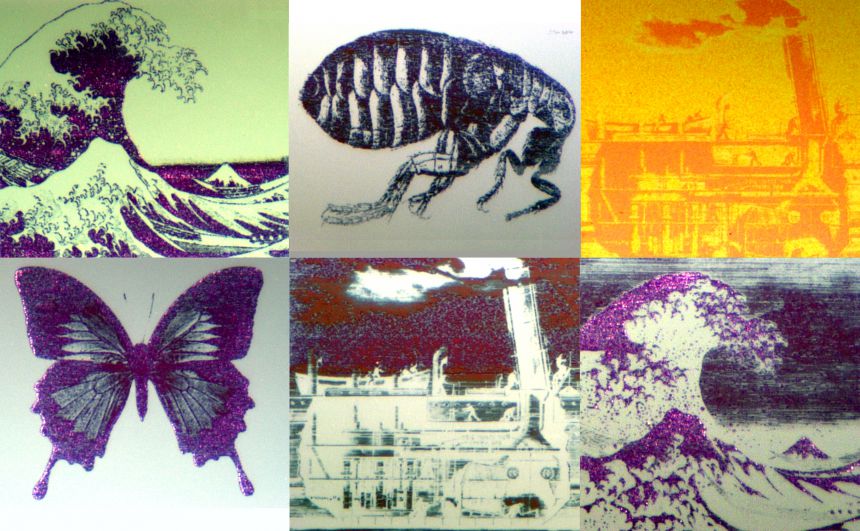Oxford develops ultra-high resolution flexible display technology

The width of each "nanopixel" image is less than the thickness of a human hair (about 70 microns). A
team of specialists from Oxford is currently working on an interesting technology that in the long run allows creating flexible displays with ultra-high resolution.
Scientists managed to reduce the size of one pixel, and very significantly, thanks to the creation of "sandwiches" of transparent electrodes and materials with a phase transition. This allows you to create nanometer dots, pixels, the size of which is many times smaller than the size of pixels on modern, even the highest quality, displays.
The discovery, as it happens, was made by chance, while studying the relationship between the optical and electrical properties of various materials with the so-called phase transition (i.e., the material changes its crystal structure under the influence of, for example, electric current).
As such material, scientists decided to use an alloy of tellurium, antimony and germanium with the formula Ge2Sb2Te5 (approximately such an alloy is used in RW compacts). A material several nanometers thick was placed between two plastic pieces of a transparent electrode, and a weak current was passed. As a result, scientists were able to create the first such image, a width of several tens of micrometers.
After that, scientists created a prototype of the ultra-pixel display, where “sandwiches” of transparent electrodes and the alloy mentioned above, placed between the electrodes, were used as pixels. The size of the site in this case was 300 * 300 nanometers. Moreover, images can be made not only monochrome: the color depends on the thickness of the alloy between the electrodes.
Displays of a new type can be arbitrarily flexible, since the image is formed on ultra-thin areas with a thickness of several nanometers. A team of scientists has already created a prototype of an ultra-pixel flexible display made from mylar film. To change the phase state of the alloy, only 20 nanoseconds are needed, that is, if we talk about the video, it will be displayed quite normally, there should be no blurring and “lags” in the frame change.
Scientists have already patented their technology, and are negotiating with large technology companies.
Via oxford
